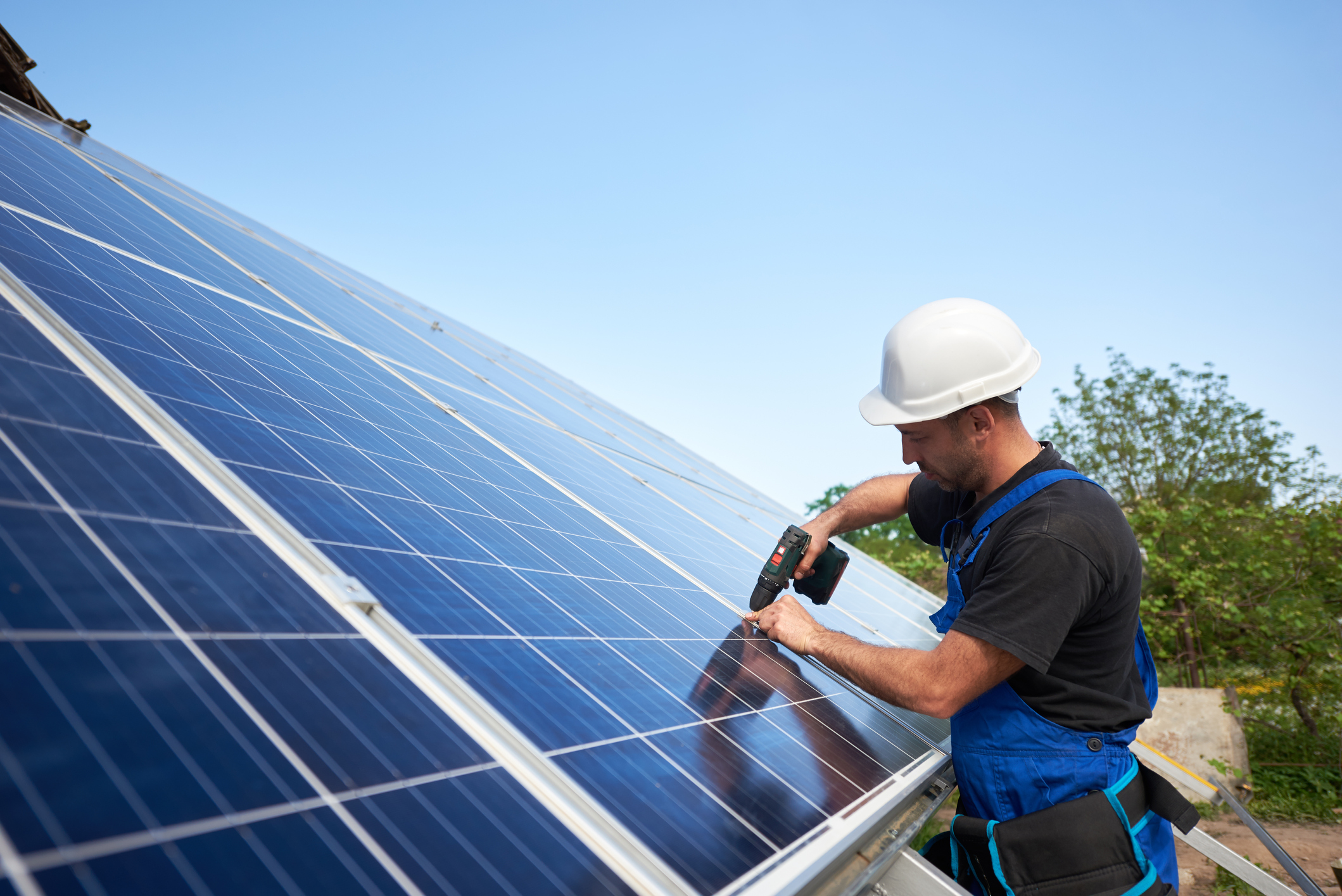Stand-Alone Systems in the 2020 NEC – Article 710

By: Robert Key | May 05, 2022
Stand-alone power systems (SAPSs or SPSs) are off-the-grid electrical systems for locations that are not connected to a utility system power source. They include systems that operate in island mode and installations not connected to an electric power production and distribution network.
These systems are quite popular in countries where there is no utility connection available, such as in the Australian Outback and sub-Saharan Africa. However, SAPSs can be used anywhere electrical power from a utility is not available or not desired, for example, in tiny homes or camping cabins. It is not unusual to see these designed to function off the grid, using solar power and storage batteries; hence there is no monthly power bill to pay. These systems can include single or multiple sources of power, such as generators, solar PV, wind, energy storage systems, or batteries.
Stand-alone Power System Requirements
The specific requirements for SAPSs are found in NEC Article 710, which has been expanded and clarified.
First, it is important to know that if a stand-alone system is interconnected with the alternating-current (ac) system, the requirements of Article 705 (Interconnected Electric Power Production Sources) apply.
Additionally, all equipment must be listed for such use or be field evaluated and labelled. Note: Stand-alone inverters are not intended for connection to export power in parallel with an electric utility.
Most power production sources also have specific requirements that apply to that portion of a stand-alone system, such as the following:
- Solar Photovoltaic (PV) Systems – Article 690
- Fuel Cell Systems – Article 692
- Generators – Article 445
- Energy Storage Systems – Article 706
- Wind Electric Systems – Article 694
- Storage Batteries – Article 480 (These are also heavily regulated by fire and building codes.)
How are Calculated Load Requirements Met?
A typical home PV system (15 panels @ 300 Volt Ampere each) only produces around 20 amperes at 240 Volts, hardly sufficient to run even a small house. The requirements are handled quite logically in Section 710.15(A). It states in part:
Power supply to premises wiring systems fed by stand-alone or isolated microgrid power sources shall be permitted to have less capacity than the calculated load. The capacity of the sum of all sources of the stand-alone supply shall be equal to or greater than the load posed by the largest single utilization equipment connected to the system.
How is the system capacity determined? Simply put, it is the sum of the capacities of the power sources. [See the Informational Note for Section 710.15(A)]
Therefore, the total output from all power sources must be able to power the largest piece of utilization equipment. Makes sense, right?
What Changed in 2020 NEC, Article 710?
The biggest change is that these systems can now supply three-phase loads. Section 710.15(D) states:
(D) Three-phase Supply. Stand-alone and microgrid systems shall be permitted to supply three-phase, 3-wire or 4-wire systems.
In addition, new Sections have been added, including Section 710.10, Identification of Power Sources, and Section 710.12, Stand-Alone Inverter Input Circuit Current. There are also clarifications in the text of the Article that help clarify requirements.
Stand-alone systems do a wonderful job of supplying power to places where utility power is not available or desired. If these systems are installed per the Code, they will be safe and useful. This may be a niche market for electrical professionals in areas where such systems are popular, and since solar and wind power generation is skyrocketing.

